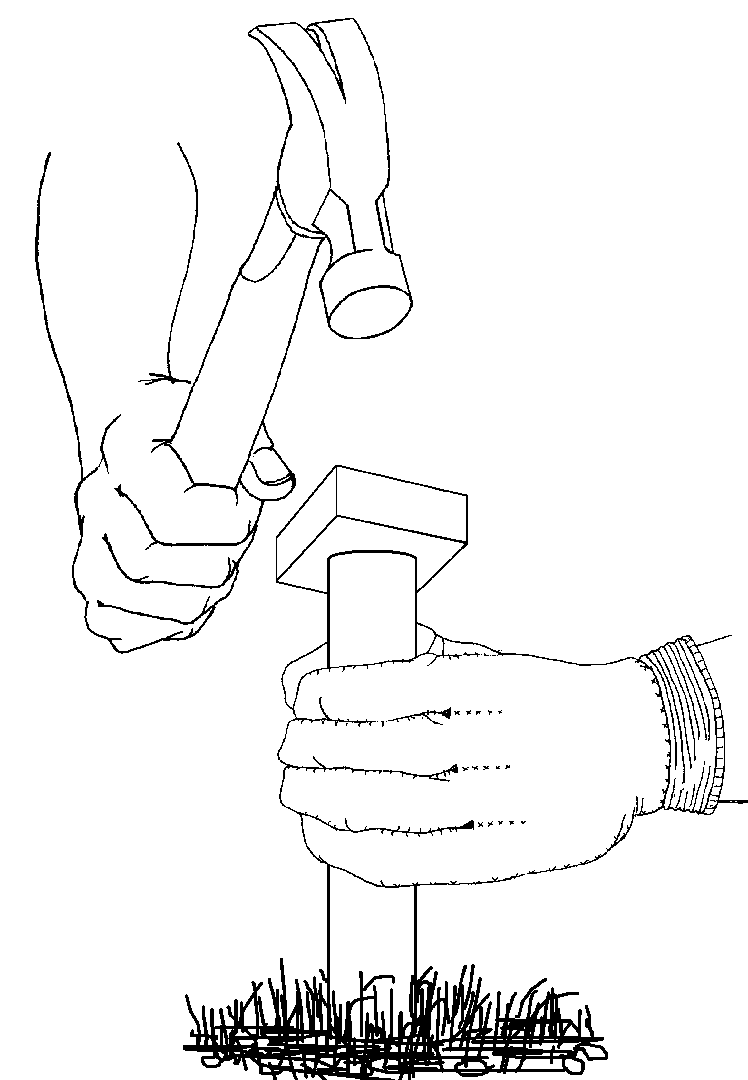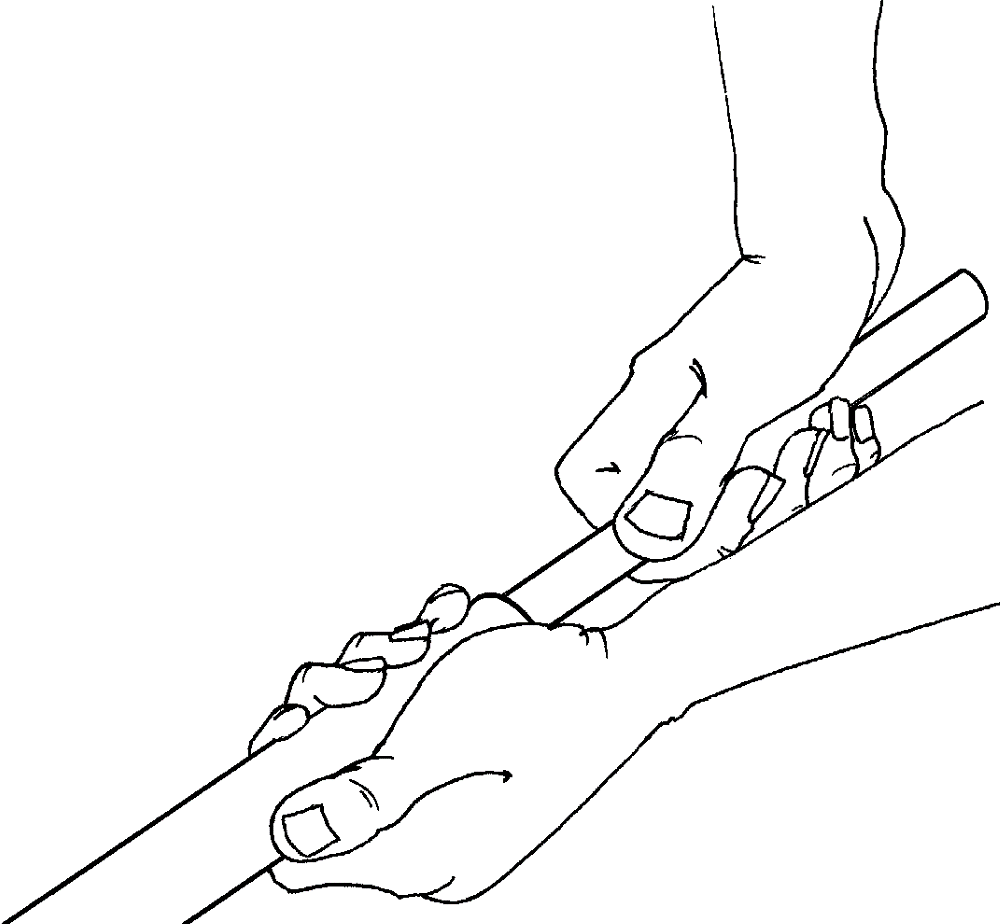Earth Science Week Classroom Activities
Investigating Soil
Activity Source:
“Soils Sustain Life,” American Geosciences Institute, 2005. Adapted with permission.
Materials
- Piece of heavy duty PVC pipe about one inch in diameter and 10 inches long
- Piece of wood doweling that will fit inside the PVC pipe
- Hammer
- Wood block
- Leather garden glove
- Hand lens
- Non-toxic marker
- Large sheet of white posterboard
- Six clear plastic sandwich bags
- Plastic knife
- Tools for separating soil, such as tweezers, tongue depressor, drinking straw
- Paper towels (for clean up)
Procedure
Chose a spot to investigate the soil on publicly owned land. Have an adult make sure the selected spot is safe to use.
- Place one end of the PVC pipe on the ground, set the block on top, and hammer it into the soil.
- Move the pipe gently in a circular motion to loosen it. If the pipe is stuck, use gentle side taps with the hammer to free it. Carefully pull the pipe out of the ground, making sure the soil remains inside the pipe.
- Insert the dowel into the open end of the pipe and carefully push the core of soil out onto a flat surface.
- Without breaking the soil core apart, observe it. Make note of anything interesting, especially:
- How the core is different at the top than at the bottom.
- Any color changes along the core.
- Different types of material in the core.
- Any living things in the core.

AGI

AGI
- Draw a picture of the core sample in the middle of your posterboard, using colored pencils and markers. Include and label all parts and objects you observe.
- Cut the core down the center with the plastic knife. Note any new materials or interesting items you uncover, and mark them on your drawing.
- Look at each material using the hand lens. Try to figure out what these materials might be. Record information in a data table like the one below
| Material group | Type of material(s) | Color(s) of materials | Particle size | Name of material |
|---|---|---|---|---|
| 1 | ||||
| 2 | ||||
| 3 | ||||
| 4 | ||||
| 5 |
- Pull the core apart. Using the tools you have, separate different materials into groups. You’ll probably find at least four or five groups.
- After you identify all materials in the soil, place each group in a clear plastic bag. Arrange the plastic bags around your drawing of the core sample to create a display. Draw arrows from each material to the part or parts of the core sample from which most of that material came.

AGI
